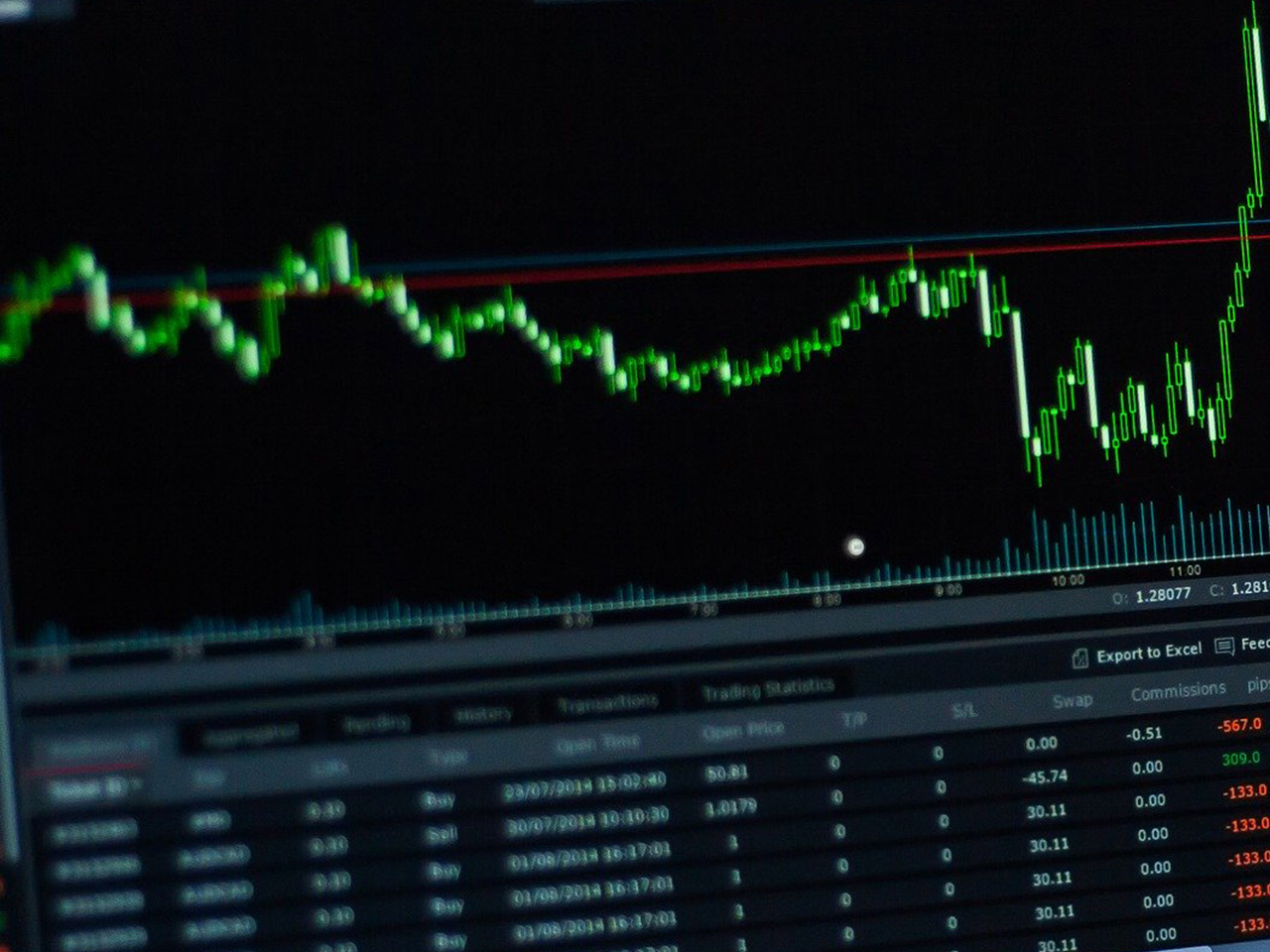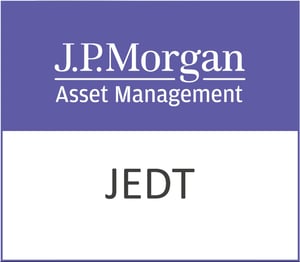Dr. Martens PLC (DOCS.L), a household name in the footwear industry, has long been associated with its iconic boot designs and robust brand presence. Based in London and established in 1945, the company operates within the Consumer Cyclical sector, under the Footwear & Accessories industry, providing a diverse range of products across Europe, the Middle East, Africa, the Americas, and Asia-Pacific.
Currently, Dr. Martens’ share price stands at 87.7 GBp, the peak of its 52-week range, reflecting a slight upward movement of 3.25 GBp or 0.04%. With a market capitalisation of $846.86 million, the company’s market position is noteworthy yet poses intriguing questions for investors regarding its valuation and future growth prospects.
Delving into the valuation metrics, Dr. Martens presents a peculiar case. The absence of a trailing P/E ratio and the staggering forward P/E of 1,609.17 may raise eyebrows, suggesting extreme expectations for future earnings. Additionally, the lack of available data for the PEG Ratio and other common valuation measures like Price/Book and Price/Sales adds layers of complexity for investors attempting to gauge the company’s intrinsic value.
Performance metrics paint a mixed picture. The company is experiencing a revenue contraction of 3.80%, indicating potential challenges in maintaining growth momentum. Despite this, Dr. Martens boasts a free cash flow of £166.16 million, a robust figure that highlights strong liquidity and operational efficiency. The return on equity stands at a modest 1.23%, signalling limited profitability relative to shareholder equity. Notably, the earnings per share (EPS) is zero, possibly reflecting the company’s current reinvestment strategies or financial headwinds.
The dividend yield of 3.02% positions Dr. Martens as an attractive income option, yet the payout ratio of 368% suggests unsustainability, as dividends significantly exceed current earnings. This highlights the importance for income-focused investors to consider the potential for future dividend adjustments.
Analyst sentiment remains cautious with two buy and four hold ratings, and a notable absence of sell recommendations. The average target price of 91.80 GBp implies a moderate 4.68% potential upside, with targets ranging between 75.00 and 114.00 GBp, reflecting diversified expectations among analysts regarding Dr. Martens’ future performance.
Technically, the stock’s momentum indicators offer fascinating insights. The 50-day and 200-day moving averages of 77.70 GBp and 66.59 GBp, respectively, suggest a recent positive trend. However, the Relative Strength Index (RSI) at 12.10 indicates the stock is significantly oversold, warning of potential volatility. The MACD of 1.16, well above the signal line of 0.42, reinforces this bullish momentum, yet investors should approach with caution given the RSI’s implications.
In navigating Dr. Martens’ investment landscape, the company’s iconic brand and global reach remain compelling advantages. However, the current financial indicators and market conditions require a discerning analysis for prospective investors. Balancing the allure of a strong brand with the need for sustainable growth and profitability will be critical in determining Dr. Martens’ path forward in the competitive footwear market.









































